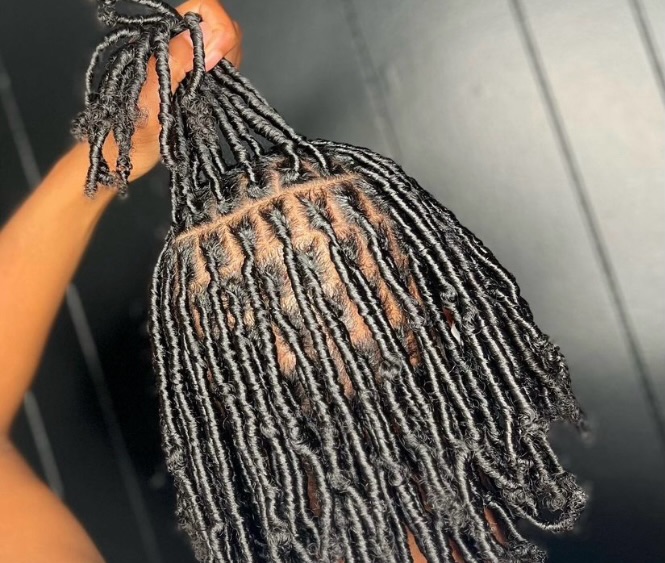Locs are more than a hairstyle, they’re a journey, a form of self-expression, and for many, a cultural legacy. But like all hair care routines, locs require maintenance to stay healthy and fresh.
Retwisting is one of the most common methods used to manage new growth and keep locs looking neat.
While it may seem intimidating at first, with the right tools, products, and technique, retwisting can be simple and long-lasting.
The process begins with clean hair
Wash your locs thoroughly with a residue-free shampoo to remove buildup and prepare the scalp. A clean base not only ensures your retwist lasts longer but also keeps your scalp healthy. Follow with a lightweight conditioner or oil to replenish moisture without weighing down the hair.
Sectioning is the next step
Using clips, divide your locs into manageable parts to keep the process organized. Working one loc at a time, apply a small amount of locking gel, cream, or natural oil to the new growth. Popular choices include aloe-based gels or products formulated specifically for loc maintenance, as they provide hold without excessive buildup.
To retwist, gently coil the new growth around the loc in the direction of its natural twist, clockwise or counterclockwise, depending on how your locs were started. Consistency is crucial; twisting in different directions can weaken the locs over time. Once twisted, secure the loc with a clip at the root to hold it in place until the entire head is complete.
Drying is key for longevity
Sit under a hooded dryer or allow your locs to air dry fully before removing clips. Skipping this step can cause unraveling, reducing the life of your retwist. For added neatness, consider wrapping your hair in a silk or satin scarf overnight to preserve the style and minimize frizz.
To extend the lifespan of your retwist, avoid over-manipulation and heavy products that lead to buildup. Light scalp oils, such as jojoba or tea tree, can help maintain moisture between sessions. Retwisting every 4–6 weeks is recommended, too often can cause tension and thinning at the roots, while waiting too long may lead to tangling.
Retwisting doesn’t have to be complicated. With patience and proper care, you can achieve neat, polished locs that last, keeping your crown looking and feeling its best.





